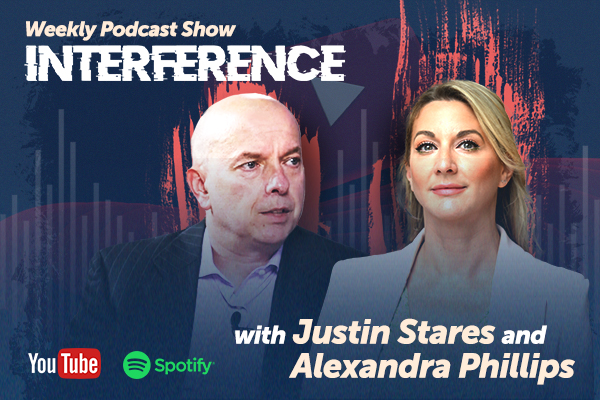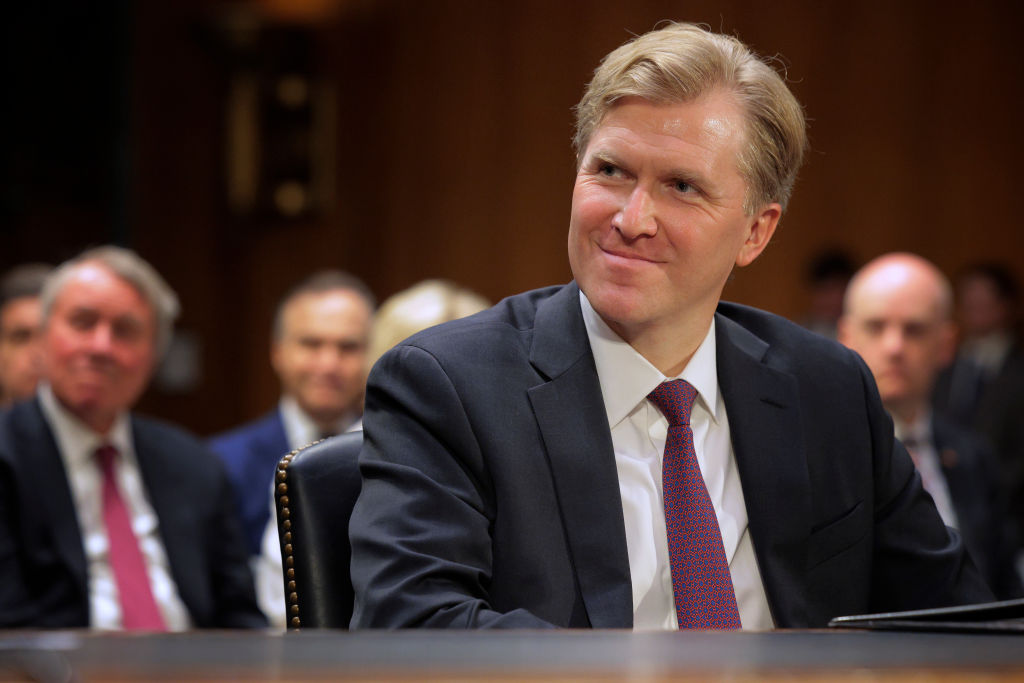If you’ve been on X over the past few days, and your algorithm is as politics-filled as mine, you may have seen an old video being passed around. The clip in question, which has garnered millions of views, is of now-former Finnish Prime Minister Sanna Marin being asked by a reporter what the way out of the Russo-Ukrainian War was. Her answer – “The way out of the conflict is for Russia to leave Ukraine” – was accentuated by a little giggle, as if she was proud of her foreign policy, as if her insight was self-evident.
I write this not to pick on the former prime minister, who is currently, in the midst of a book tour, lamenting to The New York Times about how difficult her life is. I do so because the clip of Marin, who governed Finland during the outbreak of Russia’s full-scale invasion of Ukraine, was almost perfectly timed for a resurgence this past week.
That is because, after President Trump’s proposed 28-point Russo-Ukrainian War peace plan was released, the European Union released their own. And while it has more points than Marin’s single way out of the war (theirs has 24), it is spiritually identical to her pithy response. The document both underlines how badly the European Union still needs the United States and how totally fresh out of ideas Brussels really is.
The European peace plan contains some platitudes, such as its opening points that the war must end in a way which guarantees it will not start up again and that both sides will work to carry out the ceasefire. There are other points throughout, such as the return of kidnapped Ukrainian children, which are eminently reasonable.
The trouble begins in point four, which states that a “US-led international ceasefire monitoring” infrastructure will be introduced. Already, the Europeans are telling on themselves: To monitor a ceasefire for a regional war, squarely on their continent, they foresee a US-led approach. In their own peace plan, they are not capable of envisioning themselves as leading the charge.
In fact, the entire document is oozing with a reliance on the United States. Even when there is no direct mention of America, it is clear that they expect America to do the heavy lifting. Take point 10: “Ukraine receives robust legally binding security guarantees, including from the US, (Article 5-like agreement) to prevent future aggression.
The Article 5 reference is questionable enough; an actual reading of the NATO’s Article 5 reveals there is no actual demand that the United States go to war if a member is attacked, just that each member takes “such action as it deems necessary.” But the onus will clearly be on the United States to come to the defence of Ukraine. This is a rather bold demand from the Europeans, considering President Trump has repeatedly disavowed a desire to provide a firm security guarantee to Ukraine. He’s done so because it does not make sense to lock the United States down with an Article 5-like defence agreement with a country that is tertiary, at best, to America’s interests.
Not that this is enough for Brussels. Other points (such as Point 9, “Ukraine is not forced to be neutral” and point 13, “Ukraine’s membership in NATO depends on consensus within the Alliance”) indicates that they ultimately hope to go further and secure Ukraine’s place in the North Atlantic Treaty Organization. European states have crowed time and time again about how supportive of Ukraine they are; if they wanted to extend security guarantees to Ukraine, they could do so. But they want to pull Ukraine into NATO on top of the “Article 5-like” guarantee so that the United States will be doubly locked into defending Ukraine.
Why? Because Europe can’t be bothered actually to spend the money. They have slogans, of course, be it Marin’s comment or Polish Prime Minister Donald Tusk’s and European Parliament President Roberta Metsola’s recent repetition of “Nothing about Ukraine without Ukraine.” But this is about American aid; America does not need Ukraine’s approval on how it spends its own money.
Europe knows this, of course. But they also know how geographically critical Ukraine is. It is not a coincidence that World Wars One and Two both, in the East, were partially wars of trying to conquer Ukraine. For Europeans, it’s a breadbasket, a key outlet to the Black Sea, a bridge to central Asia, and a bulwark against Russia. They need it. And they need America to help them keep it.
Europe can’t even be bothered to help Ukraine secure its energy supplies. The Zaporizhzhia Nuclear Power Plant, in their plan, will be given back to Ukraine “with US involvement.” Trump’s plan, by contrast, would have the International Atomic Energy Agency oversee a 50/50 split of electricity derived from the plant to Ukraine and Russia. Why would the United States opt for this alternative?
Europe hopes they will, because the alternative is hard. That really is ultimately the crux of all of this. Behind the self-righteous giggles and hashtag-ready slogans, Brussels just does not want to do the politically hard thing. It’s why they held Angela Merkel up so long, who taught Europe to rely on easy Russian gas and easy American defence. The actual work of cutting social spending to find the money to spend on defence – or raising taxes, or cutting beloved regulations strangling business and investment – is hard. The European Union is not built for that. It is build for living the good life under America’s umbrella.
If it steps outside that umbrella, it is going to burn – because, wouldn’t you know it, America didn’t pay for their sunscreen.





New US policy may make Zelensky’s peace plan impossible, time to negotiate